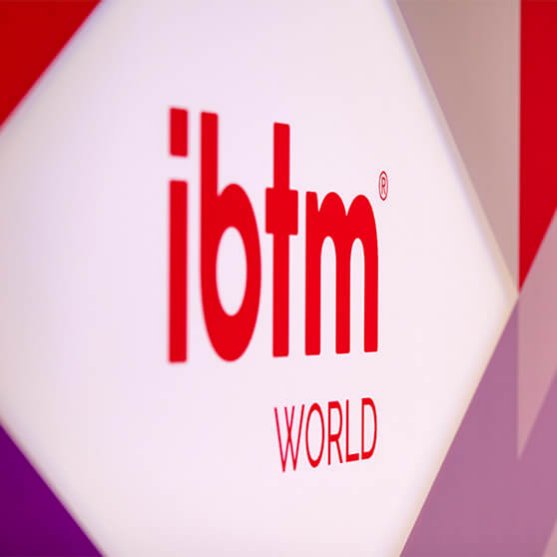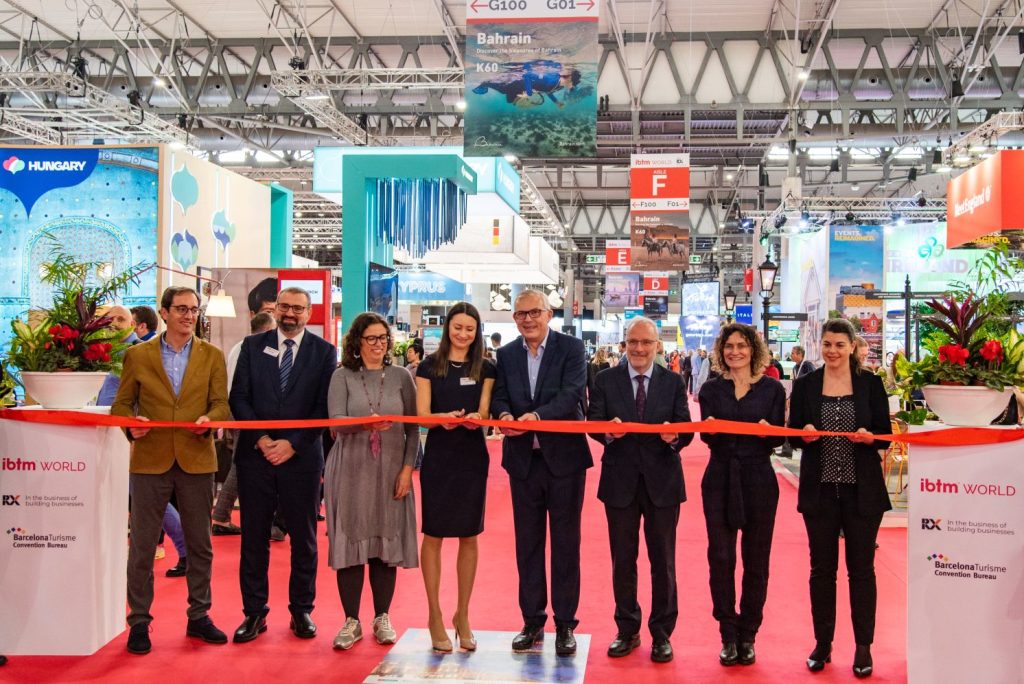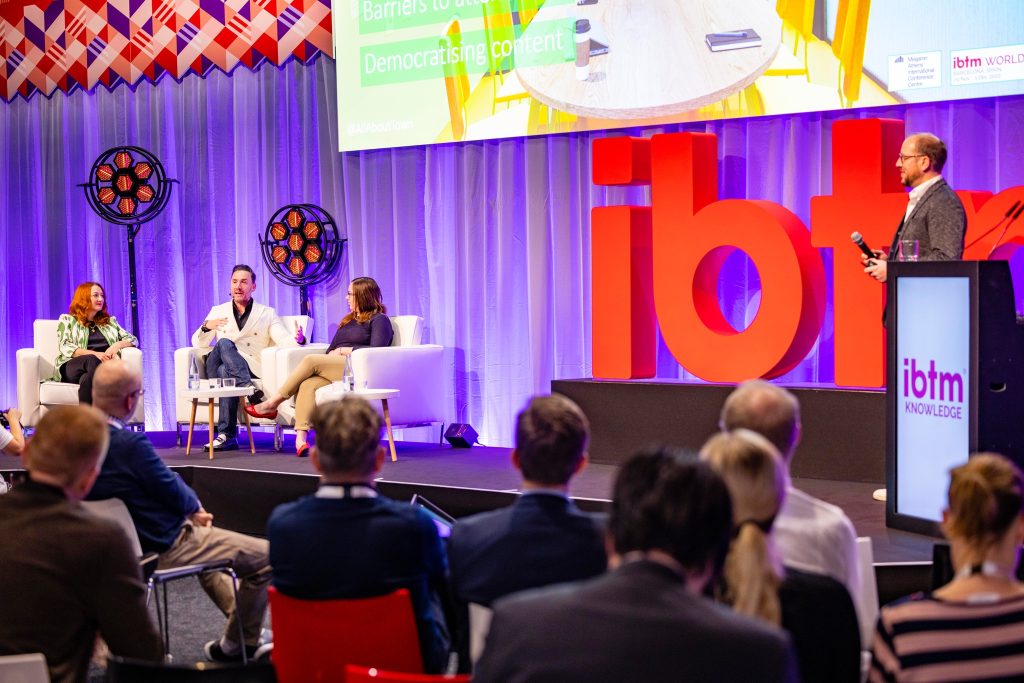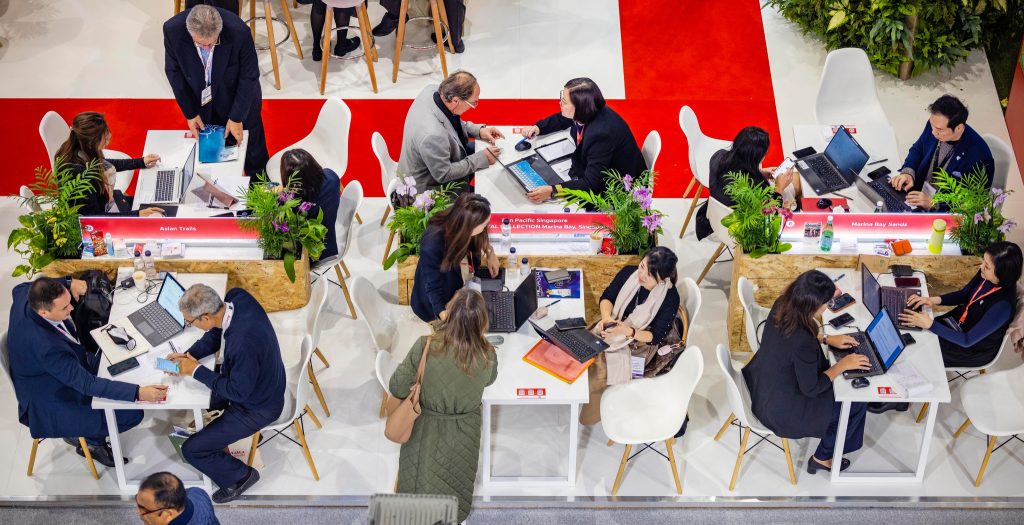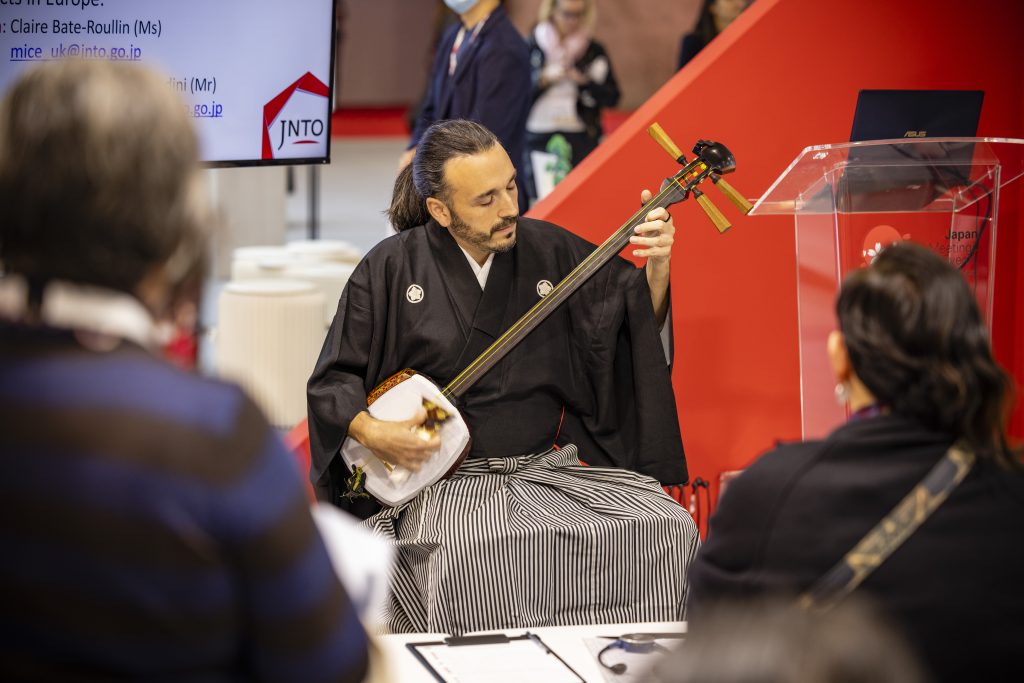
Share news
Listen
IFM’s trade show activity has logically been affected in 2020, as shows have been cancelled, postponed or moved online. Some announce they will be made hybrid (“it might be interesting to extend the impact with an online complement of the physical show”, says Markus). But for now, Markus’ experience of virtual trade shows has been disappointing. The Hannover fair (220,000 visitors) substituted 5 days of physical show in April to a 2-day online event in July, including videos on demand, live shows, expert q&a sessions. IFM held a live expert talk with q&a, which was in the top 10 of this year, but they only gained 120 leads. Based on the number of views (14,000 views), it was disappointing. Their other large show was the Smart Production Show in Nuremberg, which moved online for 3 days of video sessions and meeting slots, in a format mostly oriented to business networking. The feedback here too was mostly negative.
An issue is that sales appointments in trade shows have become deeper, more complex. IFM measure the average appointment time, which in the last few years, increased from 25-30 minutes to 45 minutes. “It is hard to have these deep conversations online. You listen to the client, suggest a product, get their feedback, take the client to another part of the show with other solution exhibited…”. The fluidity that you have in a face-to-face format is very hard to replicate online.
“Experiences with purely digital formats were disappointing this year “
They take exhibiting seriously. The investment for a stand in the Hannover show is about 2.5m euros, in a 1,800m2 stand. What do they track?

- Appointment duration. “We started measuring time a few years ago, a very good indicator of the meaning of the appointments”, says Markus.
- Client reports. They write a visitor report for every contact made, qualifying the needs and topics discussed, and indicating the amount of potential sales or business. They manage to get 6,300-7,000 such visitors over five days. After the show, sales reps qualify the leads and do the follow up. “There is no standard timing for the concretion, it depends a lot on the products, everything is made to measure so some sales take a lot of time, and some are quicker).
- Type of client: whether it is an existing client or a new potential client. They are a very established and large company, so 80-85% of visitors are existing clients, and about 15% are new contacts (this figure is different overseas).
- On-site sales? Not really: “Americans tend to agree on sales or sign on-site, Europeans less so. The trade show accelerates the sale or identifies new potential products or collaborations, but rarely means a deal is closed on-site.
- Brand visibility. “We also use the show just as a marketing tool, we have to be visible in a place where almost all our industry comes at some point”. They don’t measure this factor of brand recognition (it would be possible, but costly, to run tests of brand image before / after the event). “You could compare to an ad in a magazine but the impact is much bigger”, especially since their stand is always in a very good location.
- “Any trade show is a perfect research opportunity: we look for potential partners, we understand the current innovation in our industry, the trends and the needs of the market”. They also define industrial collaborations. For instance, with other industry players, they developed an industry protocol a few years ago to standardise solutions. These are perfectly discussed in a trade show. “Any managing director of relevant companies in our industry will be present”.
Rather than a pure ROI, they dissect the impact of the trade show: lead generation, collaborations, brand visibility…
They are not measuring an ROI on trade shows, rather a variety of impacts as seen hereabove. But the overall valuation of trade shows is very positive. According to Markus, “Especially for industrial products it is necessary to present solutions face to face during live occasions. Even though digital sales are a possibility they will never be a replacement for us. IFM’s claim is “close to you” and we do live this as well by participating in trade shows
Finally, it all comes down to a thorough preparation: “For big shows, we do 3-4 mailings and newsletters starting at the beginning of the year, one paper mailing, as well as appointment-taking. We are talking of four months of preparation. Preparation is key to make the most of the great industry-wide platform that is a good trade show”.



